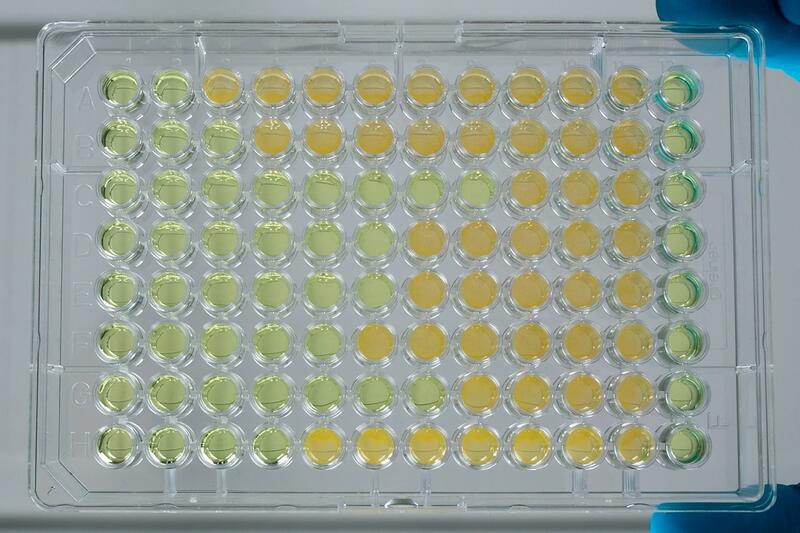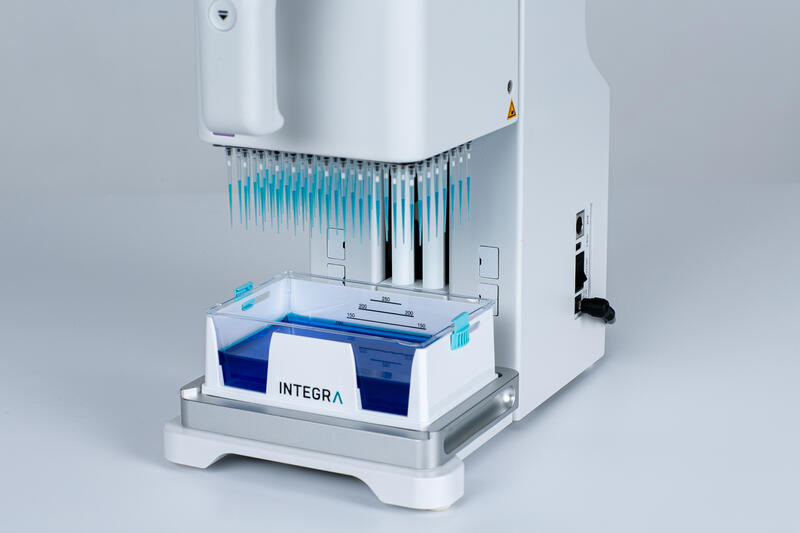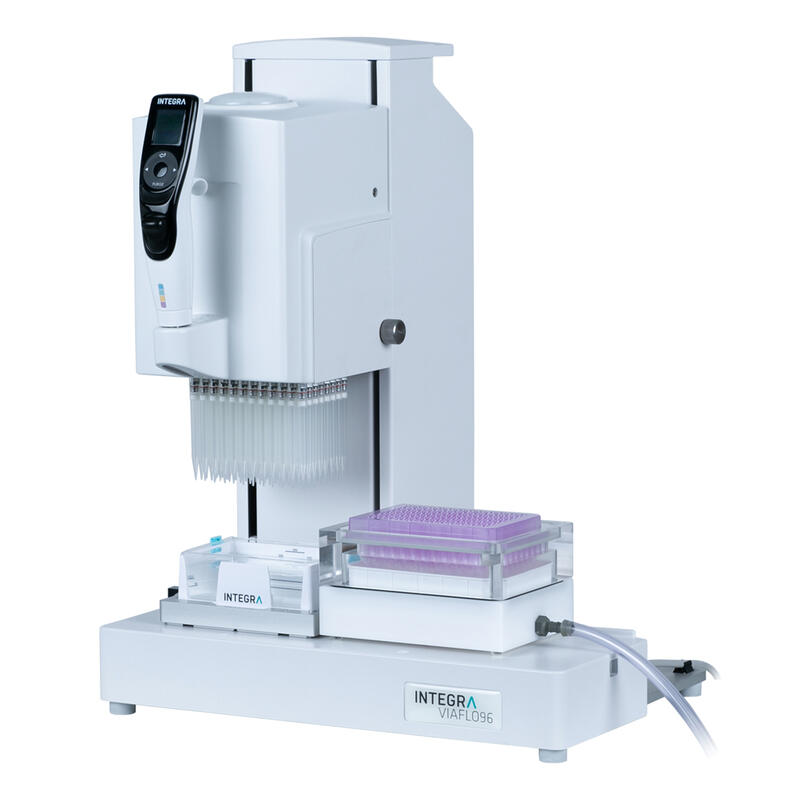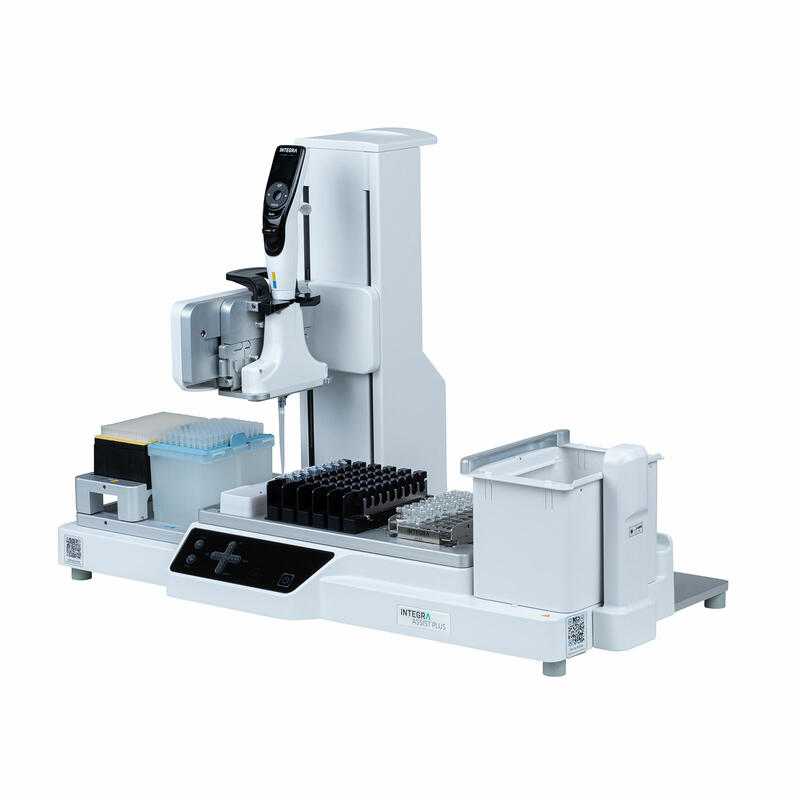Speeding up molecular diagnostics for antimicrobial resistance tests
Microorganisms can acquire genetic resistance to antimicrobial drugs over time in response to the overuse or misapplication of antibiotics, making common infections both difficult to treat and potentially life threatening. In recent years, multidrug resistant (MDR) pathogens have come under the spotlight as a major health concern, with morbidity and mortality rates due to antimicrobial resistance (AMR) rising rapidly across the world. Diagnostics are therefore now focusing on the fast and accurate identification of drug resistance to prevent the inappropriate prescription of antibiotics right from disease onset, enhancing treatment success and patient outcomes.
Conventional approaches to antimicrobial susceptibility testing
The minimum inhibitory concentration (MIC) test is commonly used to measure the antimicrobial susceptibility of a pathogen. This can be determined using broth dilution, agar dilution, antimicrobial gradient or disk diffusion methods, which are explained in more detail in this informative blog on antimicrobial susceptibility. While these phenotypic techniques certainly have their advantages, they also have several downsides. For example, they involve tedious, time-consuming and error-prone manual pipetting steps. This significantly slows down the lab workflow, leading to long turnaround times.
INTEGRA Biosciences’ range of automated pipetting platforms can greatly speed up these laborious pipetting routines, allowing higher throughput and a shorter time-to-results than when MIC testing is performed manually. Our application note, Automated Minimum Inhibitory Concentration Testing, focuses on the broth dilution method in particular. It provides an in-depth guide to using the ASSIST PLUS pipetting robot, together with the VOYAGER adjustable tip spacing pipette, to automate transfer and mixing steps while maintaining consistent pipetting heights, speeds and mixing parameters for accurate, precise and reproducible results. Read more about INTEGRA’s walk-away pipetting solutions for serial dilutions in MIC testing.

Molecular diagnostics as a new tactic in the fight against AMR
Molecular diagnostics techniques are emerging as the tools of choice for discerning both the identity of pathogens and their mechanisms of resistance, either as an alternative approach or to complement conventional methods. Genotypic tests tend to be more precise and accurate than classic culture-based assays. They are also faster, with results being generated in as little as one hour, as the tests do not require the pathogen to be isolated and cultured.
Genotypic methods allow the direct detection of specific resistance genes, as well as any novel mutations that may have occurred (Table 1), and tend to fall into one of three categories: amplification-based, sequence-based or hybridization-based methods. We will take a closer look at the first two methods, amplification-based and sequence-based.
Multidrug resistant organisms |
Genetic resistance marker |
|---|---|
| Methicillin-resistant Staphylococcus aureus (MRSA) | mecA |
|
Extended-spectrum beta-lactamases (ESBLs): Escherichia coli and Klebsiella pneumoniae |
blaTEM blaSHV blaCTX-M |
|
Carbapenem-resistant Enterobacteriaceae (CRE): Escherichia coli, Enterobacter aerogenes, Enterobacter cloacae complex, Klebsiella pneumoniae and Klebsiella oxytoca |
blaKPC blaOXA-48-like blaNDM blaIMP blaVIM |
|
Vancomycin-resistant Enterococcus (VRE) : Enterococcus faecalis and Enterococcus faecium |
vanA vanB |
|
Multidrug-resistant tuberculosis (MDR-TB): Mycobacterium tuberculosis complex |
katG inhA rpoB |
Table 1: Examples of common MDR pathogens and their genetic resistance markers.
Amplification-based techniques
One example of this approach is the commonly used nucleic acid-based amplification technique (NAAT), where the target gene sequence is amplified to allow detection. The most widely used NAAT method is the polymerase chain reaction (PCR). Real-time PCR (or qPCR) produces fast, quantitative, target-specific results, which is especially useful for detecting MDR pathogens in point-of-care testing settings, where multiplex panels can be used to identify multiple genetic resistance markers simultaneously.
Several stages of the NAAT workflow are well suited to increase throughput by multichannel pipettes or automation. We offer a variety of solutions for increasing the throughput of NAAT workflows, for example, the MINI 96 portable electronic pipette can be used for fast sample extraction and qPCR set-up by adding 96 samples or reagents in parallel. Alternatively, the ASSIST PLUS pipetting robot can automate the nucleic acid extraction process, enabling users to obtain consistently high quality DNA material from samples. In fact, the entire PCR sample preparation workflow can be carried out automatically on the ASSIST PLUS pipetting robot, saving further manual handling time and increasing overall lab throughput.

Taking a sequence-based approach
Some genetic resistance markers cannot be identified via qPCR analysis due to their high sequence variations. Therefore, qPCR products must be purified so that they can be further sequenced via classical – or Sanger – sequencing analysis. Fortunately, INTEGRA’s range of solutions can easily cater for this possibility, for instance, the VIAFLO 96 handheld electronic pipette can be used to speed up this extra purification step, leading to more reliable results and significant time savings. However, since Sanger sequencing only targets one resistance gene at a time, another sequencing-based method has increased in popularity in recent years – next generation sequencing (NGS).

NGS offers higher throughput and can be either amplicon-specific – which is faster – or whole genome, which is known as deep sequencing. NGS is very sensitive and uses very low liquid volumes, making accurate pipetting crucial. The long pipetting protocols can, however, also be exhausting and uncomfortable for staff, making automation of the extensive liquid handling steps a necessity in modern labs. Many of the tedious tasks associated with sequencing – such as pooling and positive sample hit picking – can be fully automated with the ASSIST PLUS pipetting robot and D-ONE single channel pipetting module, increasing lab productivity and result reproducibility. The same set-up can also be used to perform effortless DNA library normalization. These innovative and ergonomic products also help to minimize human errors, physical strain and the risk of exposure to harmful microorganisms, which are undoubtedly top priorities in AST.

Gaining the upper hand over MDR organisms
New antibiotics take a long time to develop, so clinicians must be careful in their use of the ones that are currently available. Rapid detection of MDR pathogens will help to direct patients onto the correct treatment pathway as soon as possible, speeding up their recovery and increasing the likelihood of positive outcomes. Automation with robust, high-quality pipetting platforms is a key aspect of rapidly identifying antimicrobial resistance, making INTEGRA’s range of innovative products a worthwhile investment in this ongoing battle.























